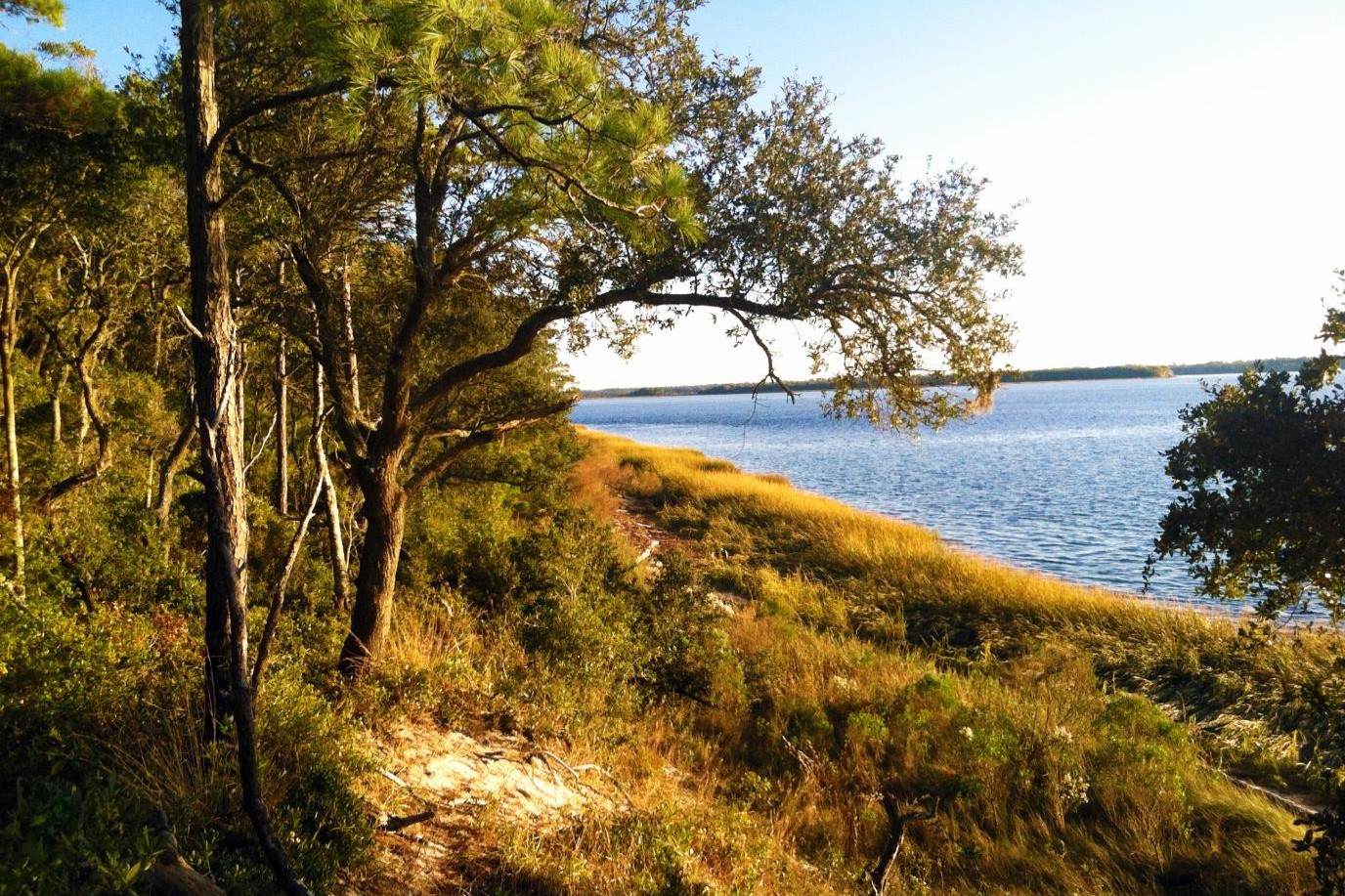Carnivorous Wonders Await At Carolina Beach State Park

Have you ever wondered where you can find a park filled with unique plants and beautiful scenery? Carolina Beach State Park in North Carolina offers just that. This hidden gem is home to the rare Venus flytrap, a plant that eats insects! Imagine walking through trails surrounded by towering trees, sandy dunes, and marshes. You might even spot some wildlife like birds or turtles. Whether you love hiking, fishing, or just relaxing in nature, this park has something for everyone. Pack your bags, grab your camera, and get ready to explore one of North Carolina's most fascinating parks.
Discover the Carnivorous Plants of Carolina Beach State Park
Carolina Beach State Park, located in North Carolina, is a haven for nature enthusiasts. This park is famous for its unique collection of carnivorous plants. These plants have adapted to nutrient-poor soils by capturing and digesting insects. Let's explore some of the fascinating carnivorous plants you can find here.
Venus Flytrap
The Venus Flytrap is perhaps the most well-known carnivorous plant. Its jaw-like leaves snap shut when an unsuspecting insect triggers its sensitive hairs. This plant is native to a small region in North and South Carolina, making Carolina Beach State Park an ideal place to see it in its natural habitat.
- Venus Flytrap: Known for its jaw-like leaves, this plant captures insects with a swift snap. Native to the Carolinas, it thrives in the park's nutrient-poor soil.
Pitcher Plants
Pitcher plants lure insects into their tube-shaped leaves with nectar. Once inside, the insects find it difficult to escape due to the slippery walls and downward-facing hairs. The plant then digests the trapped insects, absorbing essential nutrients.
Yellow Pitcher Plant: This plant's tall, tubular leaves are a death trap for insects. The slippery walls and downward-facing hairs ensure that once inside, escape is nearly impossible.
Purple Pitcher Plant: Unlike its yellow counterpart, this plant has shorter, wider leaves. It uses a similar trapping mechanism but often captures larger prey.
Sundews
Sundews are small, delicate plants covered in sticky, glandular hairs. These hairs secrete a glue-like substance that traps insects. The plant then slowly wraps its leaves around the prey to digest it.
Round-leaved Sundew: This tiny plant is covered in sticky hairs that glisten in the sunlight. Insects get stuck on these hairs, and the plant slowly digests them.
Thread-leaved Sundew: With long, slender leaves, this sundew captures insects with its sticky secretions. It can be found in the park's wetter areas.
Butterworts
Butterworts have flat, succulent leaves that secrete a sticky substance to trap insects. Once an insect is caught, the leaf edges curl inward to aid in digestion. These plants are often found in moist, sandy soils.
- Common Butterwort: This plant's flat, sticky leaves trap insects, which are then digested by enzymes. It thrives in the park's moist, sandy areas.
Bladderworts
Bladderworts are aquatic or semi-aquatic plants with small, bladder-like traps. These traps create a vacuum that sucks in tiny aquatic organisms. The plant then digests these organisms to obtain nutrients.
- Common Bladderwort: Found in the park's ponds and wetlands, this plant uses tiny bladder-like traps to capture and digest small aquatic creatures.
Exploring the Trails
Carolina Beach State Park offers several trails where you can observe these carnivorous wonders. Each trail provides a unique opportunity to see different plants and their habitats.
Flytrap Trail: This short, easy trail is perfect for spotting Venus Flytraps in their natural environment. Interpretive signs along the way provide information about the plants.
Sugarloaf Trail: A longer trail that winds through diverse habitats, including areas where pitcher plants and sundews thrive. This trail also offers scenic views of the Cape Fear River.
Swamp Trail: This trail takes you through wetland areas where bladderworts and butterworts can be found. It's a great spot for birdwatching as well.
Carolina Beach State Park is a treasure trove of carnivorous plants. Whether you're a seasoned botanist or just curious about these fascinating plants, the park offers a unique and educational experience.
Final Thoughts on Carolina Beach State Park
Carolina Beach State Park offers a unique blend of natural beauty and fascinating carnivorous plants. This gem in North Carolina is perfect for anyone who loves the outdoors. The park's trails, especially the Flytrap Trail, provide a chance to see Venus flytraps and other intriguing plants up close. Plus, the scenic views along the Cape Fear River are simply stunning.
Whether you're hiking, fishing, or just enjoying a picnic, there's something for everyone. The park's rich biodiversity and serene environment make it a must-visit. Don't forget to bring your camera; you'll want to capture the beauty of this special place.
So, pack your bags and head to Carolina Beach State Park. It's an adventure you won't forget. Nature lovers and curious minds alike will find plenty to marvel at in this captivating destination.

